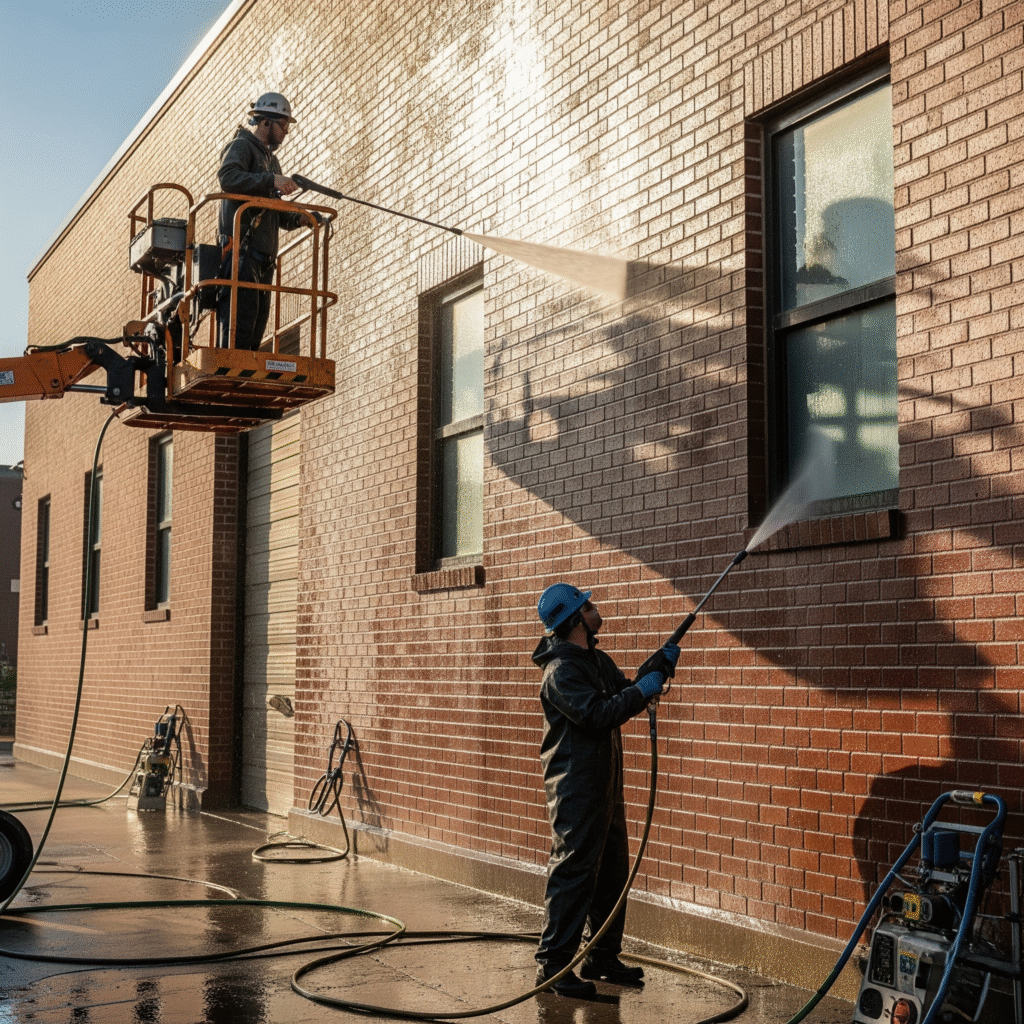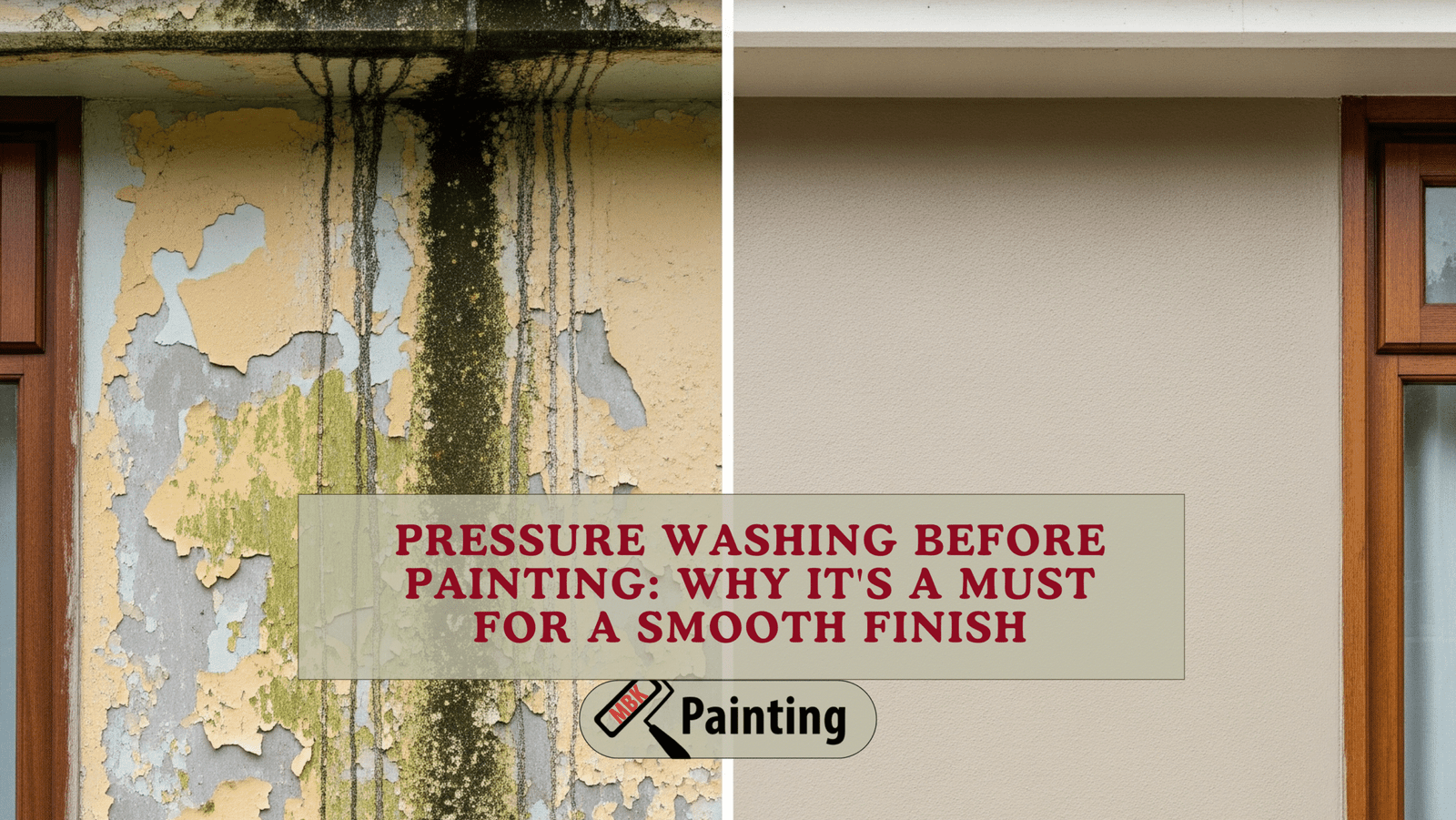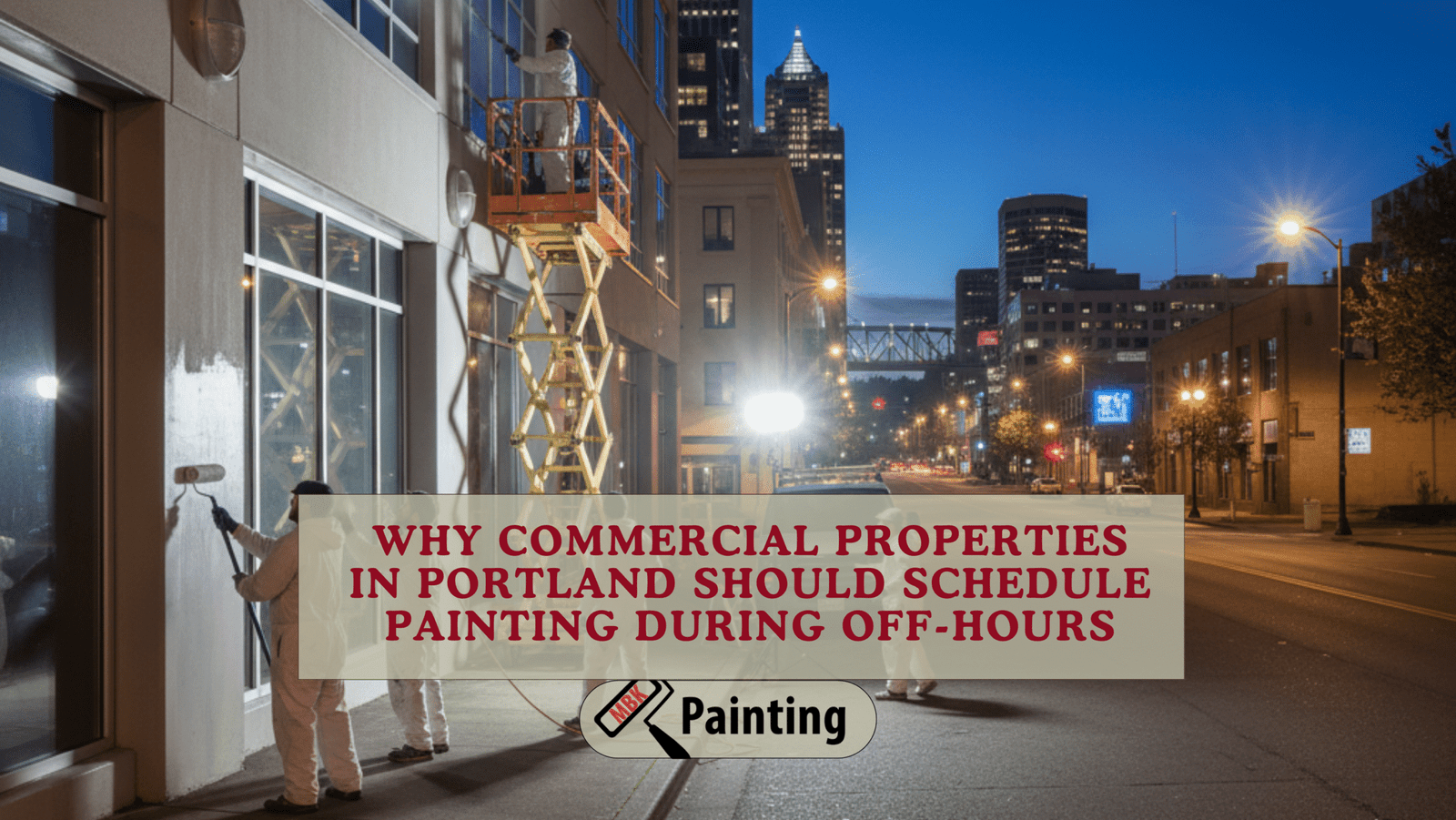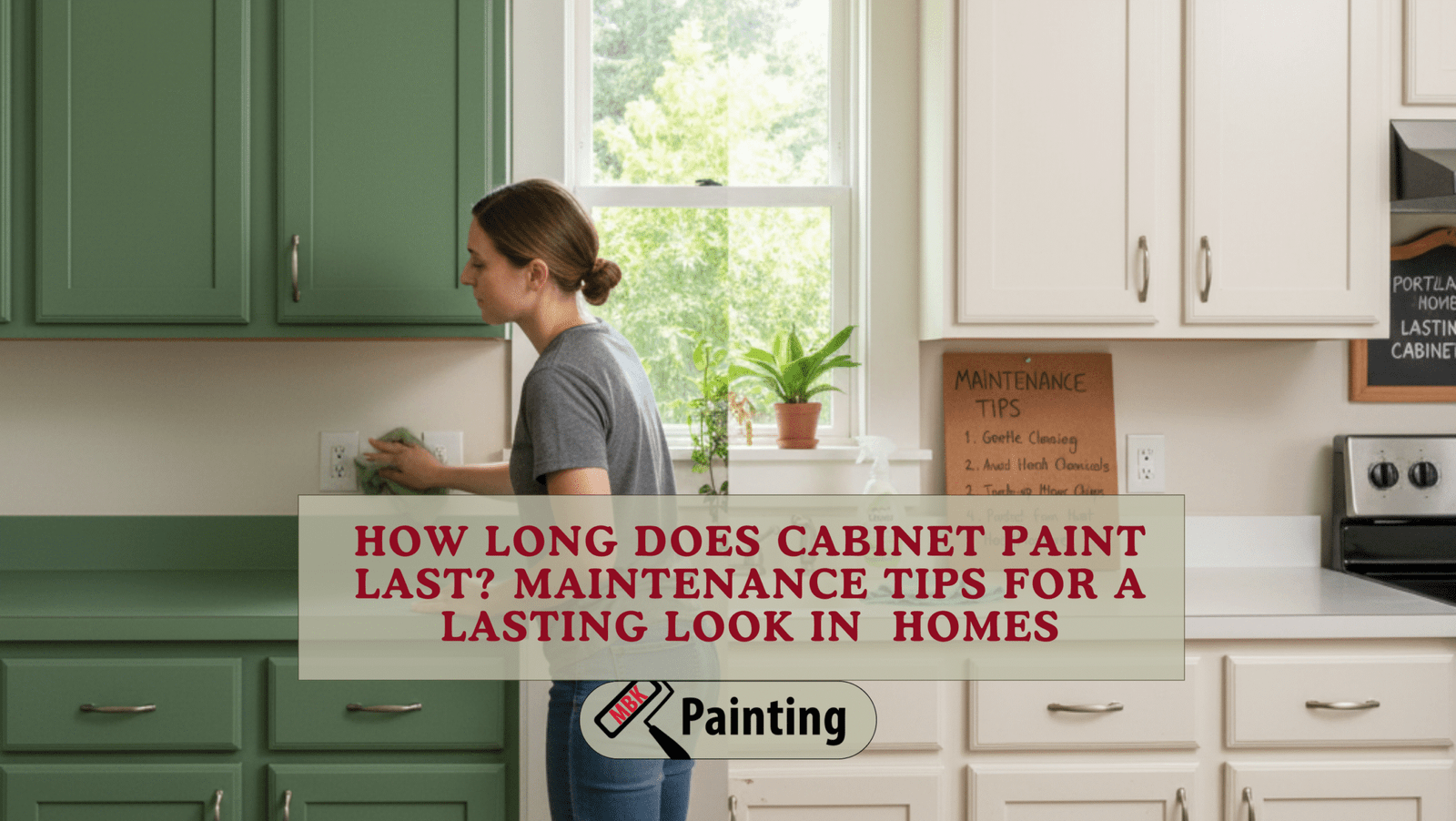Why Surface Preparation is Key for Painting
Painting is not just about applying a fresh coat of color; it’s about ensuring the paint adheres properly and lasts for years. One of the most important yet often overlooked steps in surface preparation is pressure washing. Whether you’re repainting your home’s siding, deck, or commercial building, pressure washing before painting can make a dramatic difference in the final result.
A surface covered in dirt, mold, mildew, and peeling paint will never allow new paint to bond effectively. Pressure washing removes these contaminants, leaving a clean canvas for painting.
The Science Behind Pressure Washing Before Painting
Paint adhesion depends on two main factors:
- Surface cleanliness – Paint sticks better to a clean, debris-free surface.
- Surface texture – A slightly rough surface allows paint to “grip” more effectively.
Pressure washing tackles both, blasting away dirt while slightly etching the surface to create better paint adhesion.
Benefits of Pressure Washing Before Painting
1. Removes Dirt, Dust, and Debris
Over time, outdoor surfaces collect dust, dirt, pollen, and other airborne particles. Pressure washing eliminates these layers, ensuring they don’t interfere with the paint’s bond.
2. Eliminates Mold, Mildew, and Algae
Fungi and algae can cause paint to bubble, peel, or discolor. Pressure washing uses water pressure (and sometimes mild detergents) to kill and wash away these growths.
3. Strips Away Old, Peeling Paint
If you have flaking or blistering paint, pressure washing can help remove loose sections, making scraping and sanding much easier.
4. Saves Time in Preparation
Manual scrubbing is tedious and less effective. Pressure washing covers large areas quickly, cutting preparation time significantly.
5. Extends the Lifespan of Your Paint Job
A clean surface means your new paint will adhere better and resist peeling, helping you avoid costly repainting sooner than necessary.
How to Pressure Wash Before Painting – Step-by-Step
Step 1: Inspect the Surface
Check for cracks, rot, or damaged areas that need repair before pressure washing.
Step 2: Choose the Right Equipment
- Residential projects – 2,000–2,800 PSI
- Commercial projects – 3,000+ PSI
Step 3: Apply Cleaning Solution (If Needed)
For mold or mildew, use a cleaning solution formulated for exterior surfaces.
Step 4: Pressure Wash at the Correct Angle
Spray at a slight angle instead of straight on to avoid damaging surfaces.
Step 5: Rinse Thoroughly
Rinse off all cleaning solutions to avoid residue interfering with paint adhesion.
Step 6: Allow Surfaces to Dry Completely
Moisture under paint can cause blistering. Allow at least 24 hours of drying time.
Mistakes to Avoid When Pressure Washing Before Painting
- Using Too Much Pressure – This can damage wood, vinyl, or brick.
- Not Using the Right Nozzle – A narrow nozzle can leave streaks or etch marks.
- Skipping Detergent for Moldy Areas – Water alone may not kill mold spores.
- Painting While the Surface is Damp – This traps moisture under the paint layer.
Professional vs. DIY Pressure Washing
While DIY pressure washing can save money, hiring professionals ensures:
- Proper pressure levels for different materials
- Correct cleaning solutions for mold and mildew
- No accidental damage to siding or trim
If you have a multi-story home or a large commercial property, a professional service is often safer and more efficient.

Best Surfaces to Pressure Wash Before Painting
- Exterior Walls – Vinyl, wood, brick, stucco
- Decks and Fences – Especially if staining afterward
- Driveways and Walkways – Prepares for sealant application
- Garage Doors and Shutters – Ensures even paint coverage
Environmental Considerations
Pressure washing can release dirt, paint chips, and chemicals into the environment. To be eco-friendly:
- Use biodegradable detergents
- Avoid washing directly into storm drains
- Capture and dispose of old paint chips properly
Final Thoughts
Skipping pressure washing before painting is like painting over a dusty, uneven wall; the results will never be as smooth or long-lasting. Whether you’re working on a home makeover or a commercial building upgrade, proper surface cleaning is the foundation for a flawless paint job.
A few extra hours spent pressure washing can save you years of premature peeling, blistering, or fading.




